The Moroccan steel sector has been particularly active recently, with demand mainly coming from public infrastructure projects, housing developments, and industrial zones. Production activities around Tangier and Kenitra, alongside wind and solar energy projects, are steadily supporting the need for steel.
Prices and freight costs
On the supply side, Sonasid leads in long products and Maghreb Steel in flat products. Imports from Europe and Turkey also play a significant role. Freight costs from Turkey to Morocco vary depending on shipment volume, departure port, and type of transport, ranging from USD 30–50 per ton. Together with exchange rates, these costs are a key factor in local price formation.
In recent months, seasonal demand declines and competitive import offers have caused slight price reductions compared to the first quarter of the year. However, port expansions, new industrial zones, and infrastructure projects continue to support steel demand.
New projects and market impact
Local production in Morocco mainly consists of rebar, wire rod, hot and cold rolled sheets, and galvanized steel. Imported products include coated/galvanized steel, structural profiles, and stainless/special alloys. Imports for the automotive and home appliance sectors hold an important place in the market.
A major project drawing attention is the Nigeria–Morocco Gas Pipeline (NMGP). Valued at approximately USD 25 billion, the pipeline will span 6,000 kilometers, passing through 13 West African countries before reaching Morocco. The first phase stretches from Nador to Dakhla, covering a USD 6 billion investment. This infrastructure project is expected to directly increase steel demand.
Overall, while fluctuations in energy costs and occasional tender delays pose challenges, the Moroccan steel market remains active, with ongoing projects and investments expected to support future growth.


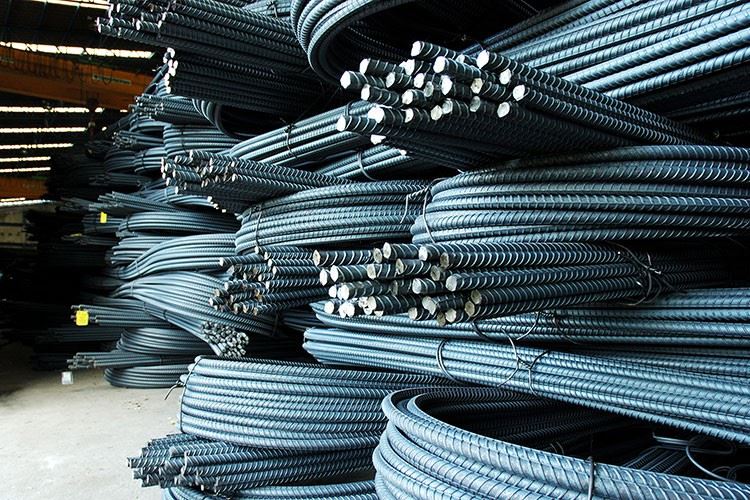
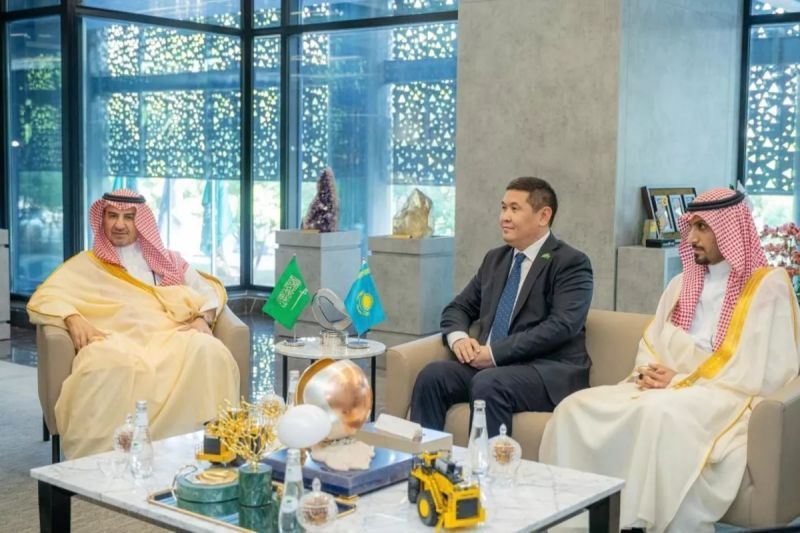
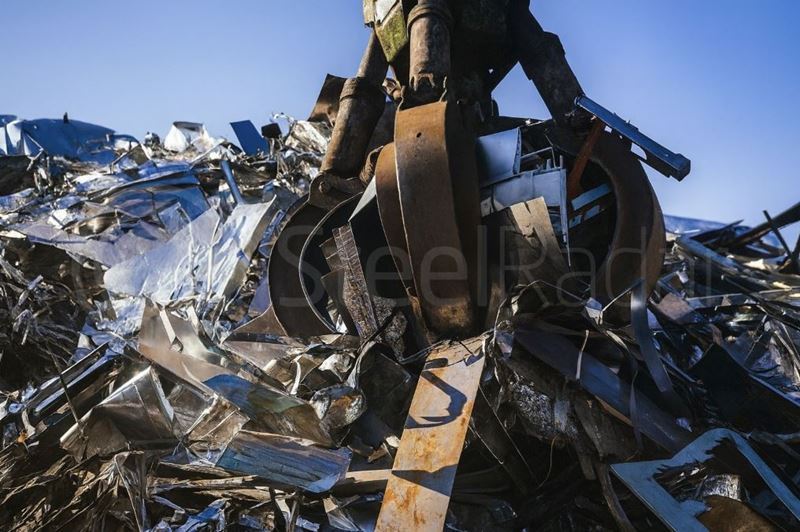
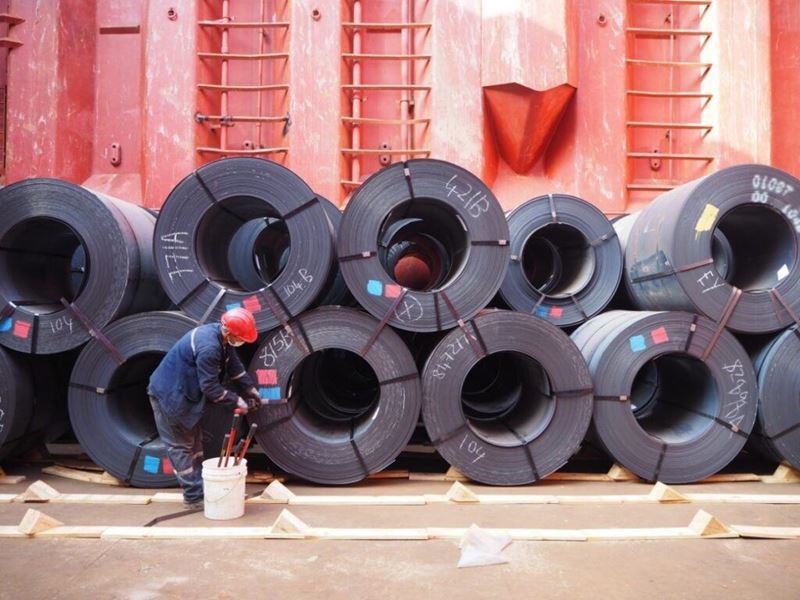
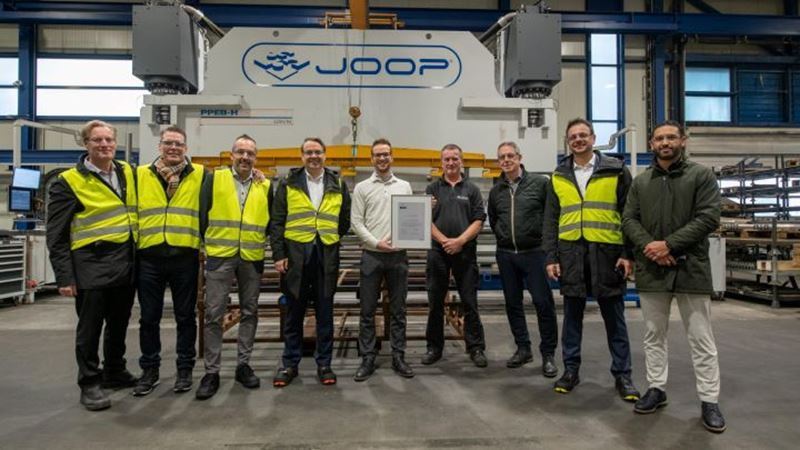
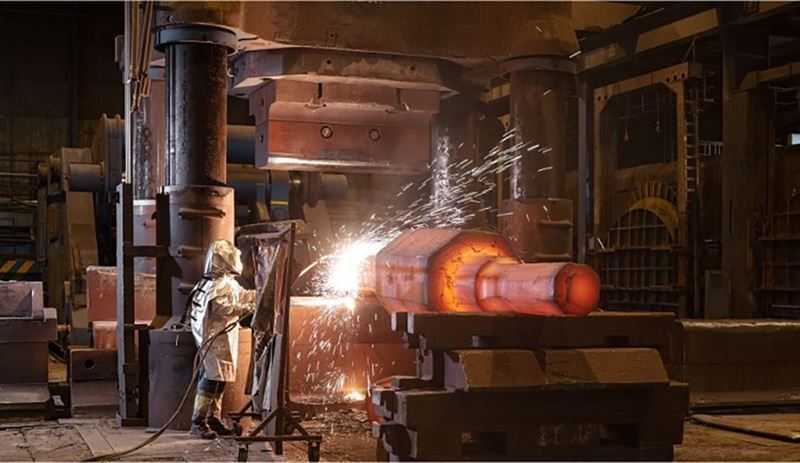

Comments
No comment yet.